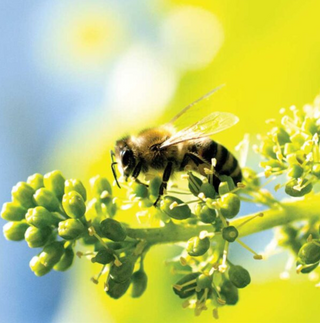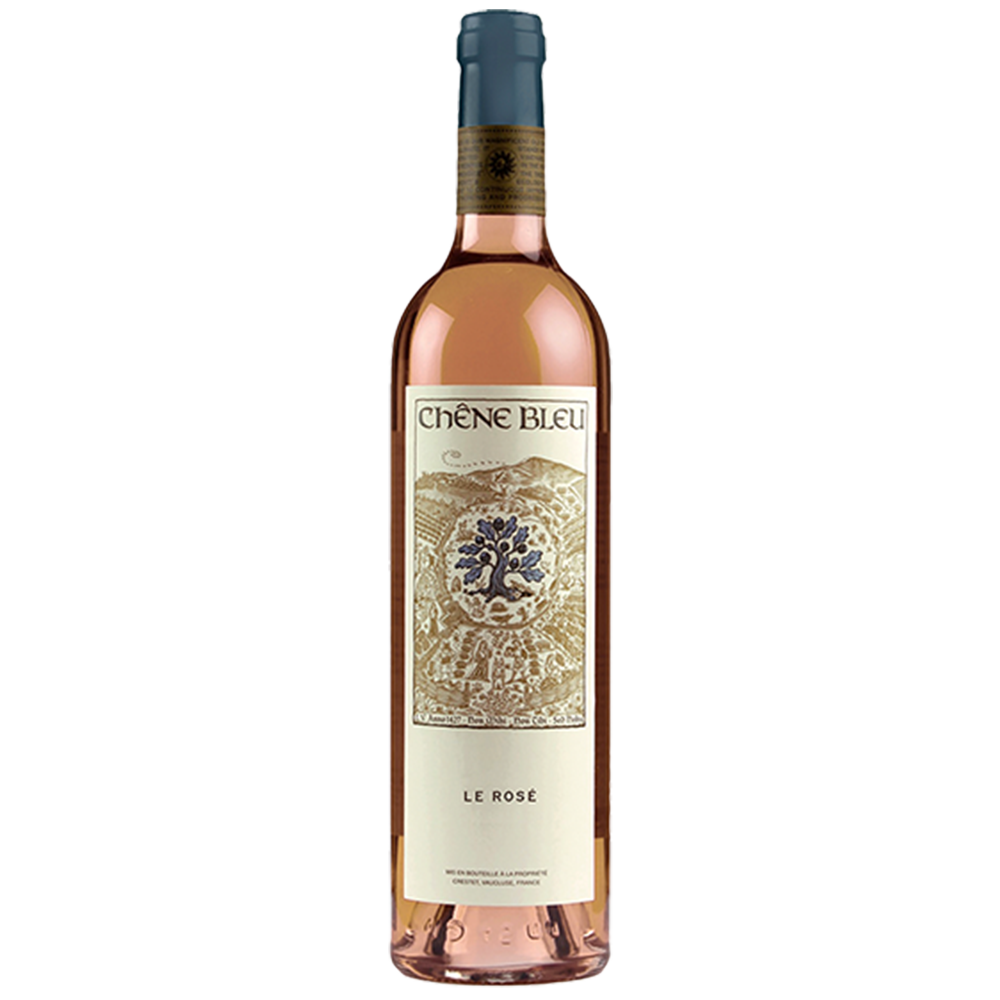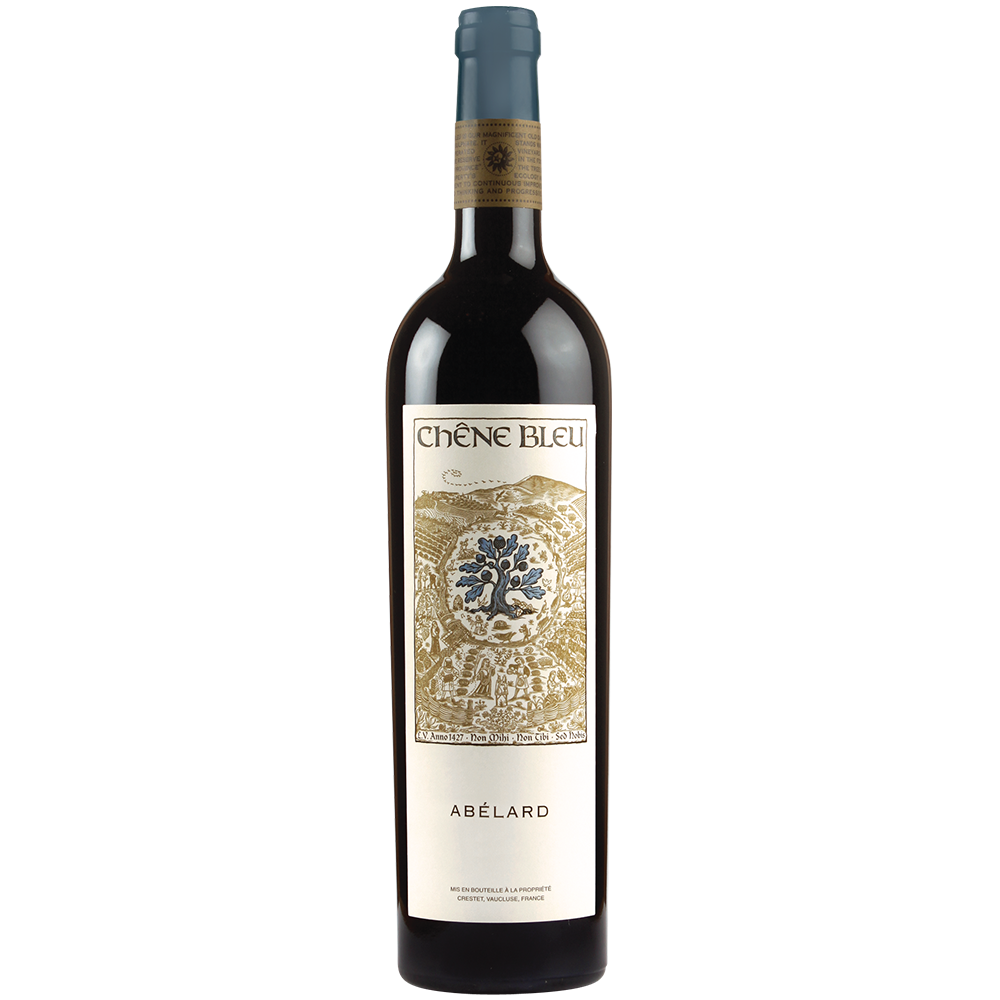Chêne Bleu
Rhône Valley, France
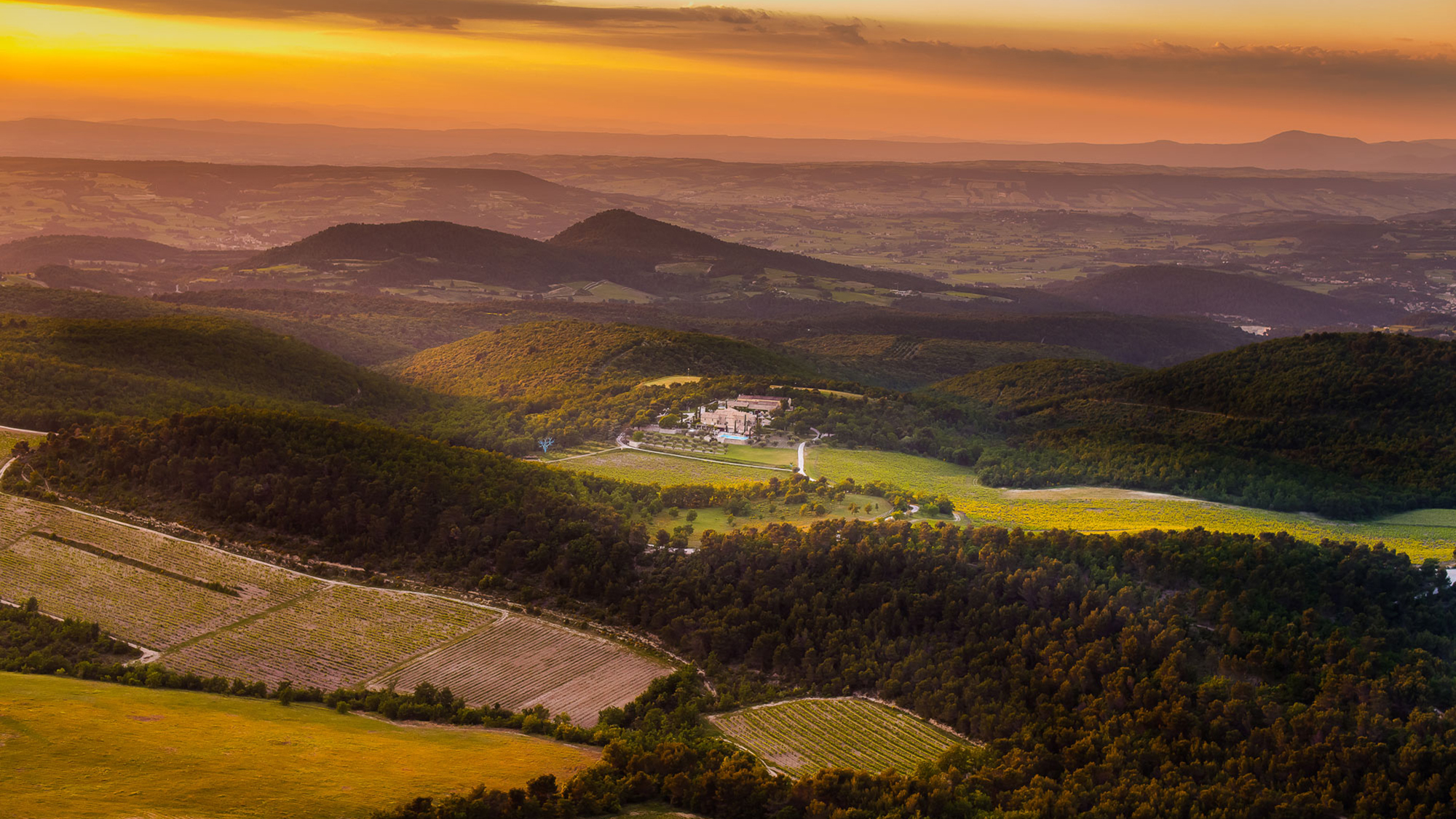
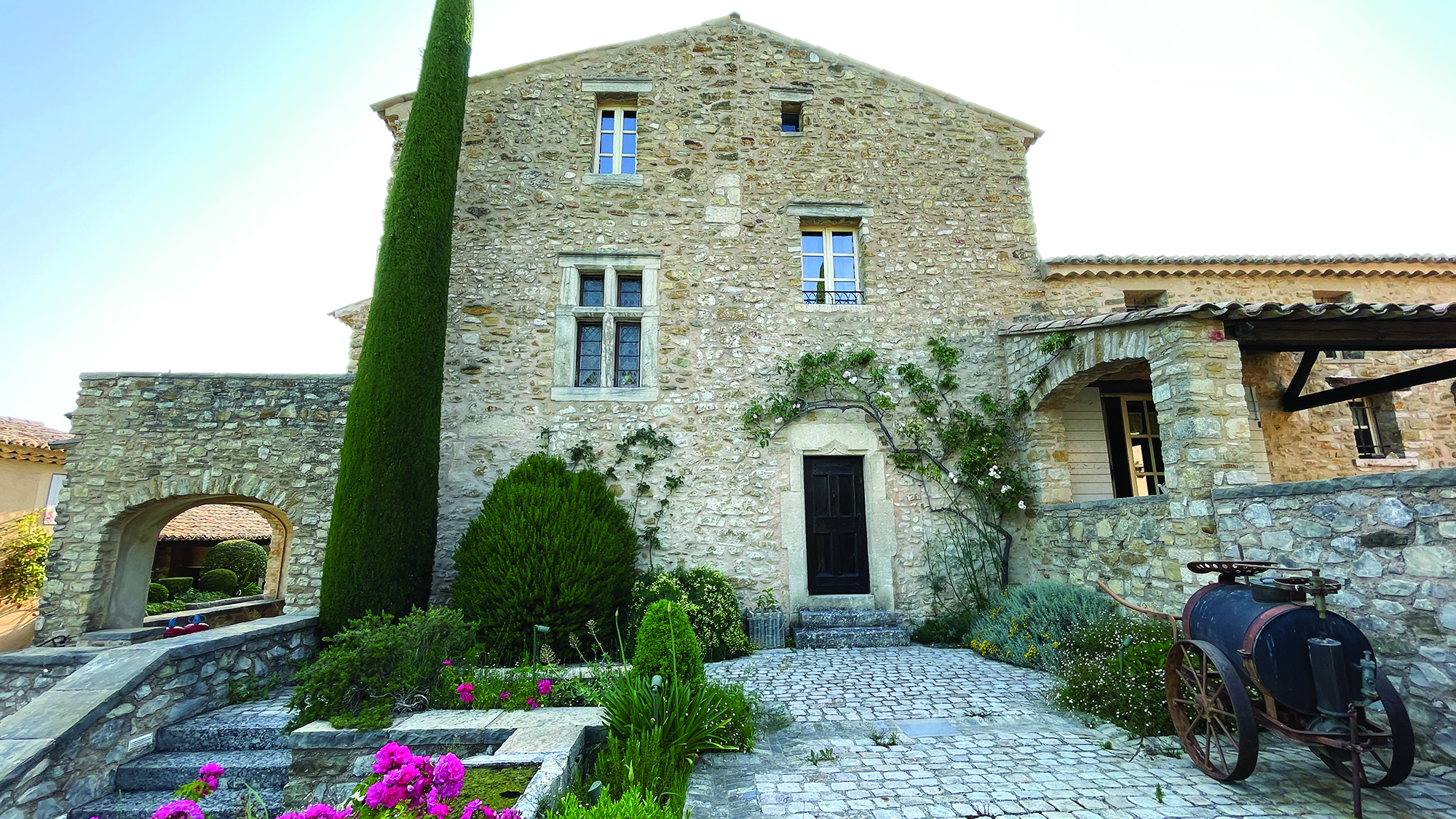
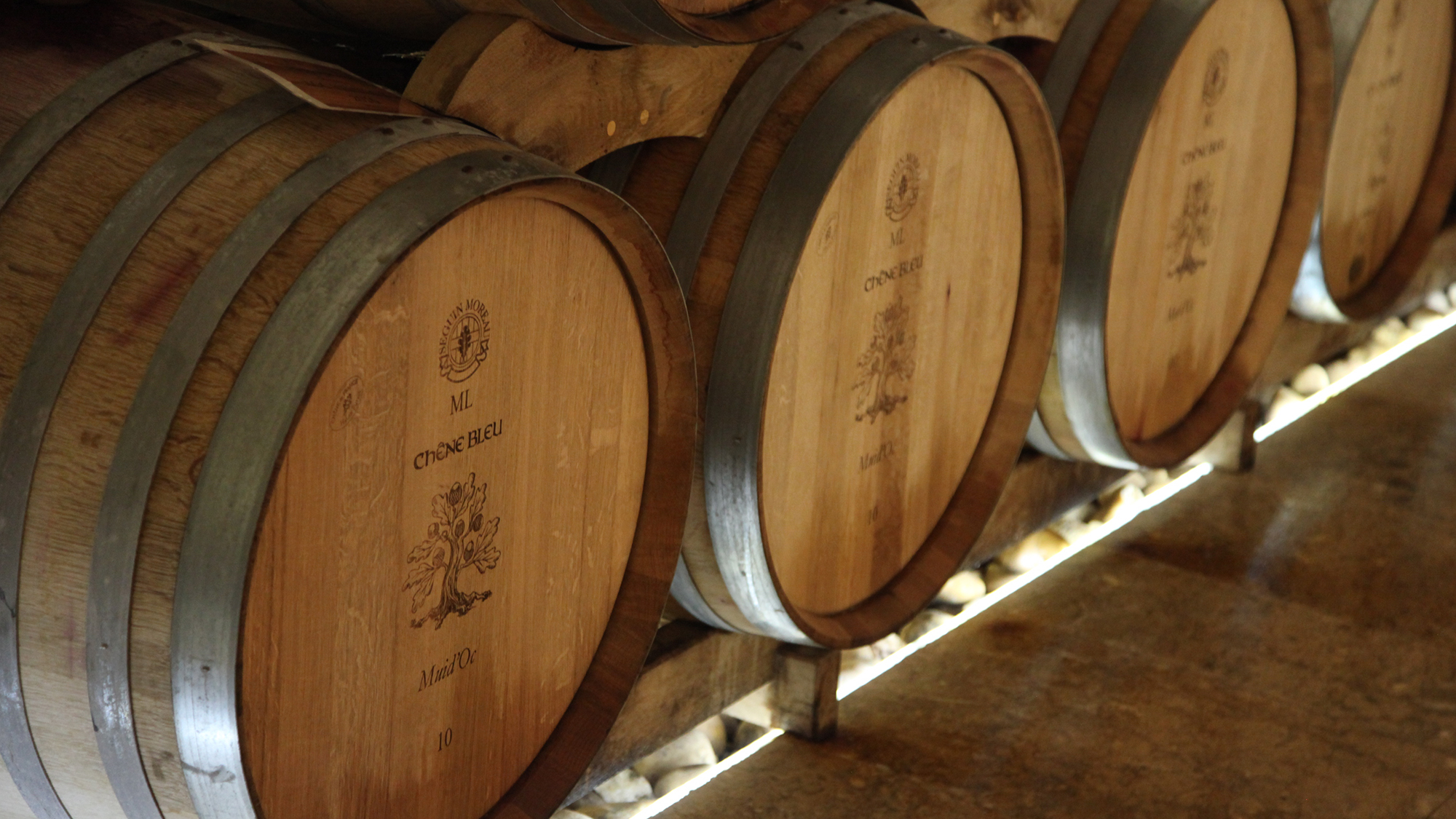
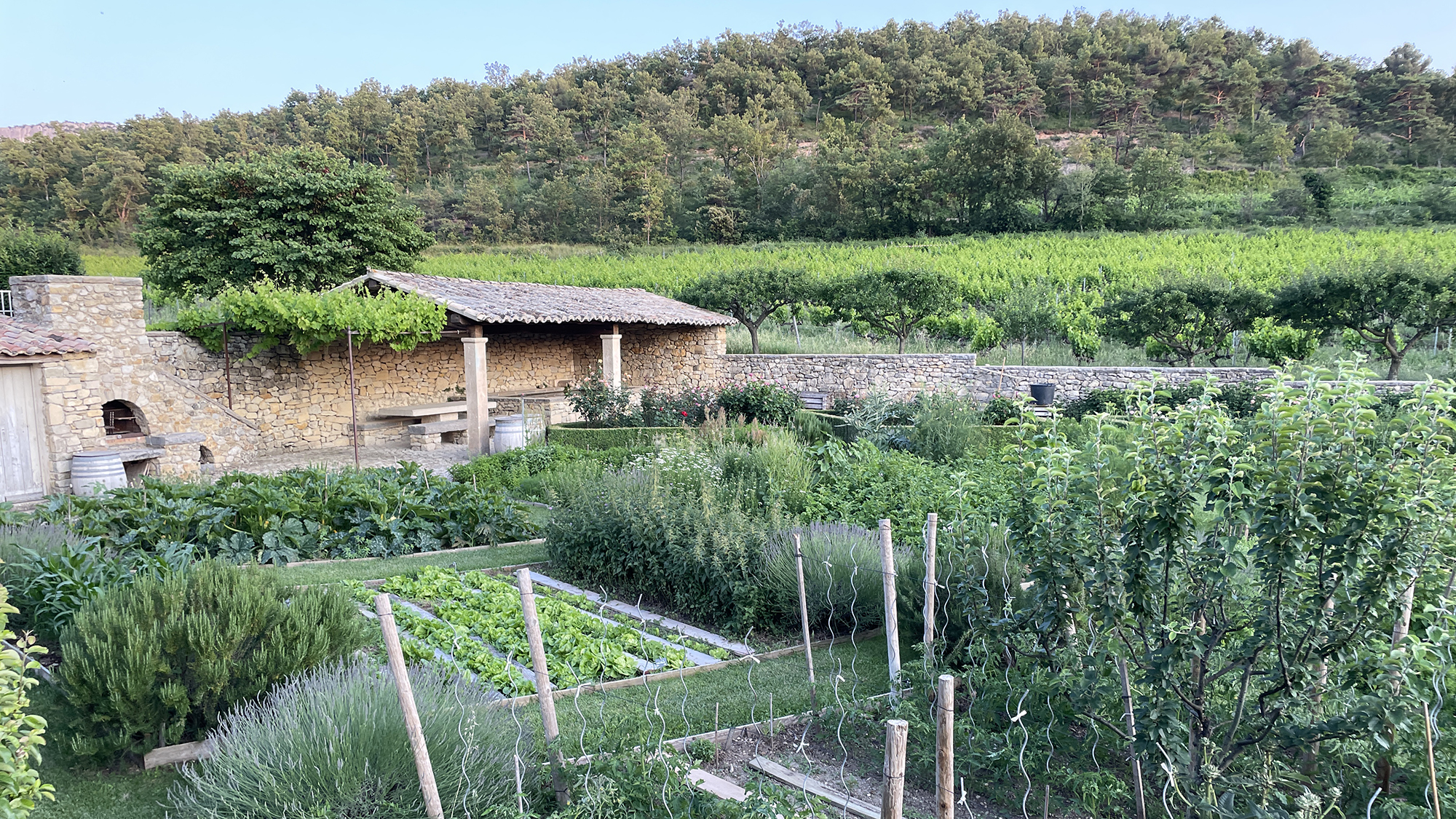
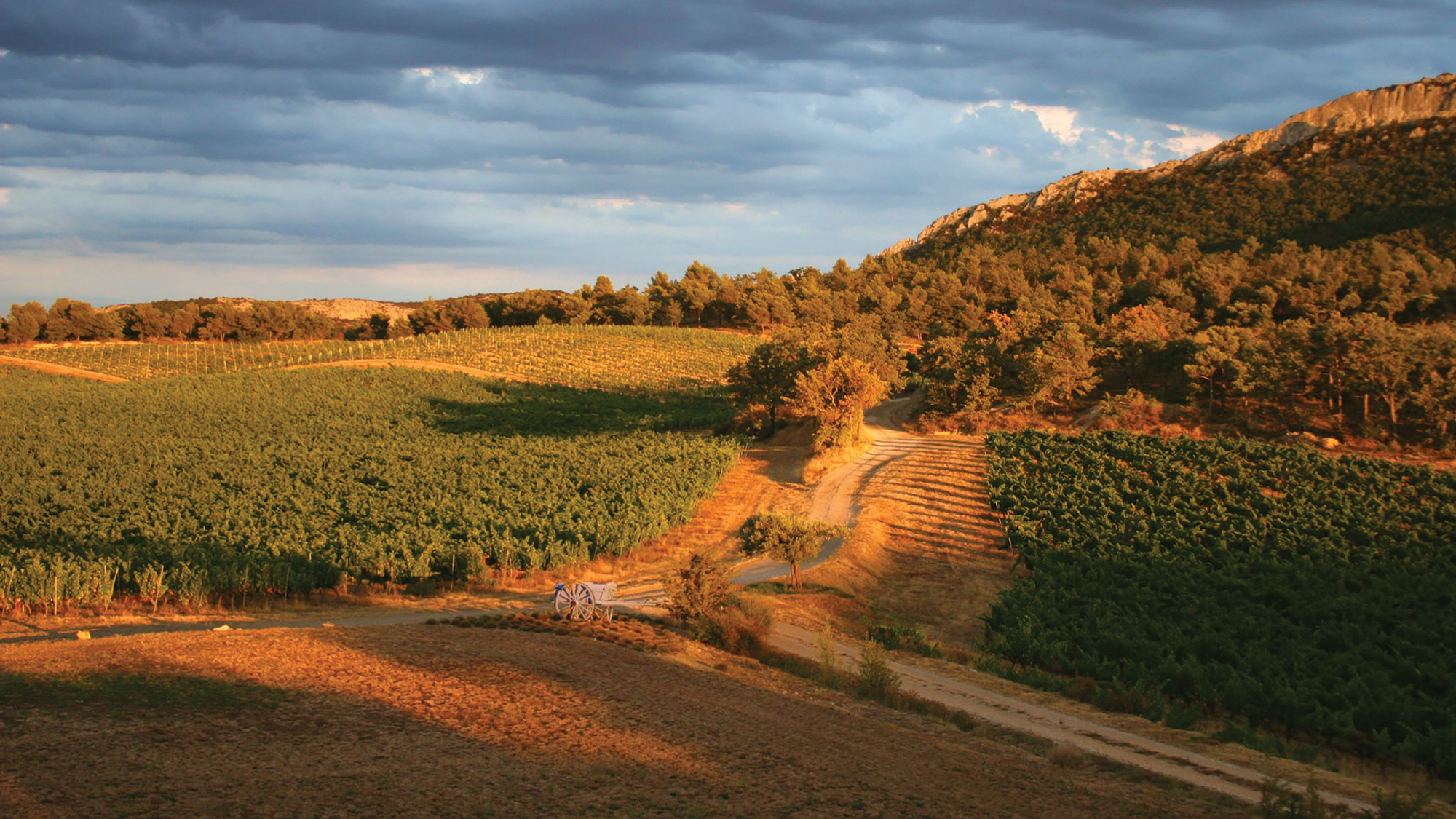
Located on the same latitude as Châteauneuf-du-Pape and nestled in the hills of Les Dentelles de Montmirail, Chêne Bleu has the highest elevation in the region at 550-630 meters. The resulting cool nights and late harvest bring desirable ‘Northern Rhône-style' freshness to the Southern Rhône's rich concentration of fruit and tannin.
Winery Story6 Results
